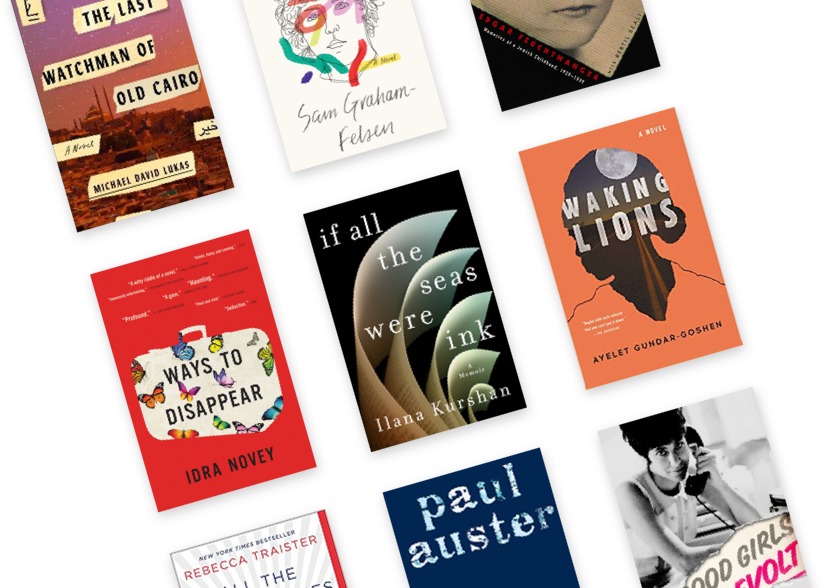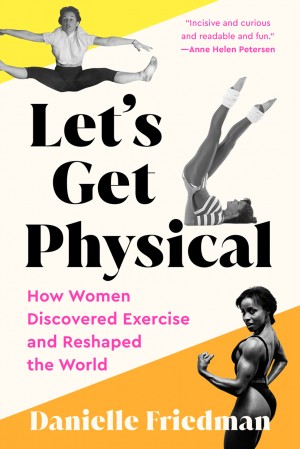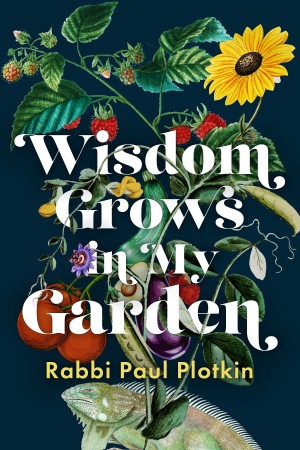Jane Eisner’s biography of Carole King for the Yale Jewish Lives series offers an illuminating portrait of the groundbreaking artist. Eisner follows King’s early career as a teenaged composer of chart-topping pop songs in the early 1960s, and later, as a brilliant singer-songwriter.
King still performs today, although she has a “deep-seated fear of exposure.” Eisner had limited access to King, but she narrates a deeply moving, often personal account of King’s life and career, filtered through her own long-standing passion for King’s music. Indeed, Eisner confesses that in preparing to write the biography, she took piano lessons for two years. Her commitment pays off, especially in her technically astute, thematically rich analysis of the songs on Tapestry, King’s breakthrough album.
Eisner charts King’s life chronologically, beginning with her childhood in Sheepshead Bay, a neighborhood in Brooklyn with a significant Jewish population; through a painful, ultimately abridged adolescence; through her marriage to Gerry Goffin, her lyricist partner, when she was only seventeen; to motherhood (King had two daughters by the age of twenty).
Even with these early challenges, Eisner argues that, from the beginning, King possessed “an awareness of identity and celebrity” and a “fierce ambition” to succeed. In this respect, the crucible of middle-class Jewish Brooklyn was fundamental to the “ambition bubbling inside” her. Drawing on the work of historian Neal Gabler, Eisner asserts that the rising generation of assimilating, driven Jewish middle-class youth benefited from the creative zone “where Jewishness and America converged.” Nowhere was this clearer than in the emerging popular music business of mid-twentieth-century New York. Jewish artists like King and Goffin, Eisner concludes, shaped the nation’s musical taste as their tunes captured the beat and the imagination of America’s youth culture.
The catalogue of King and Goffin’s canonical collaborations in the sixties is well-known, but it remains truly remarkable. Eisner showcases her own interpretive prowess, situating these pop masterpieces within their particular moment in King’s professional life.
The strongest section of Carole King is Eisner’s close reading of Tapestry, the solo album that launched King into the pantheon of major singer-songwriters. Avid fans often note the life-transforming experience of listening to Tapestry—of wearing out the vinyl, of being seduced by the album’s invitation to join King on an unfolding spiritual journey.
After Tapestry’s enormous success, King’s personal and creative life took various turns — some disastrous — which readers of Carole King will find fascinating and no doubt saddening. Without delving too deeply into possible causes, Eisner notes King’s “unhealthy attachment to erratic survivalist men” and her “self-destructive cycle of dependency and abuse.” We are left wondering what happened, emotionally and artistically, to the brilliant young woman who, a half-century ago, made the earth move.
Now in her early eighties, King has “quietly, episodically, returned to her Jewish roots at times of joy and sorrow.” In Eisner’s telling, King’s Jewish upbringing and identity have contributed to her stature as “possibly the most successful and prized female singer-songwriter in American popular culture.”
Donald Weber writes about Jewish American literature and popular culture. He divides his time between Brooklyn and Mohegan Lake, NY.





